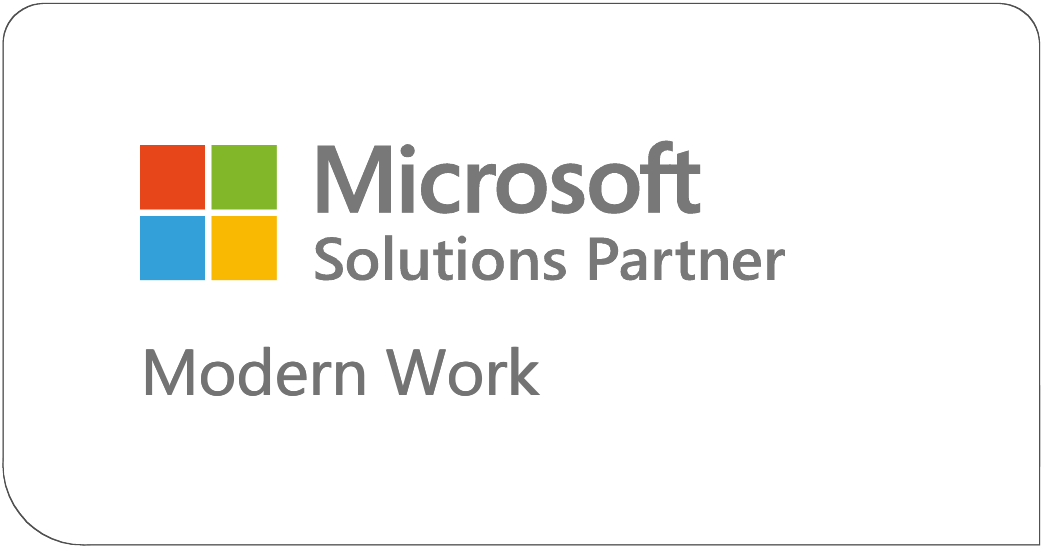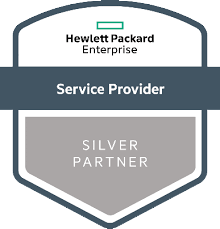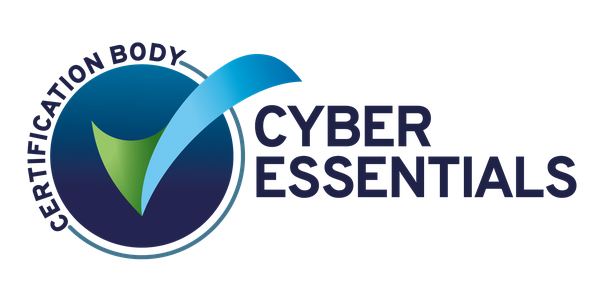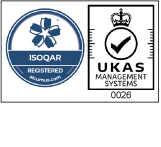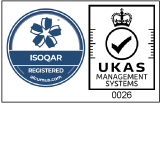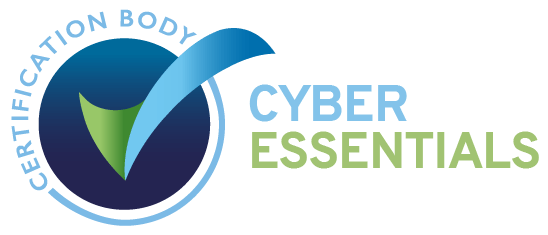
Many organisations allow employees to bring their own devices to the office or use personal tech when working remotely (often referred to as BYOD). With flexible working now being widely adopted for the long-term, now is a great time to consider why your employees may be using their own devices, if they should be, and what steps you can take to keep your business data secure if you’re offering bring your own device.
Staff may be using their own devices because it’s an easier option; it’s more convenient to utilise a home laptop or mobile than it is to lug around a PC. Or, primarily in the case of small-medium businesses, the company may not be in a financial position to provide phones/tablets/laptops to all staff. But what does it mean for your business?
There are many risks that come with BYOD, some more obvious than others; such as theft, data protection or access to documents. In this blog we will explore the risks associated with using personal technology and how you can safeguard your data, and business, when employees are not using protected and managed devices.
The risks that come with BYOD use (and how to prevent them)
- Data safety – Your data may not be safe.
With employees having access to data from anywhere, this is a higher risk than when data is secure in an office environment. This could be due to lack of security software on personal devices, or simply less control on the environment.
Fortunately, there are a few solutions for your data safety! The easiest to implement would be Multifactor Authentication (MFA); this means your employees must verify who they are in order to access work data or files, including VPNs, or other tools. This is often done either via text SMS, or with a secure authenticator app.
Secondly, in order to keep data storage secure, you could consider a cloud solution, used in tandem with MFA. Public clouds such as OneDrive will allow your employees access to all the documents they require, wherever they are, while keeping them stored safely! Plus, with cloud environments, such as OneDrive, you can edit files collaboratively at the same time.
Other Office 365 solutions, such as Microsoft Teams, will also allow your team to communicate easily through instant chat, voice calls and video calls, even with bring your own device plans in place.
- Device security – Devices can be lost, stolen or damaged.
There is a heightened risk when taking hardware out of a safe office environment, which can risk a data breach or the loss of important documents and files. If there are documents or data saved locally to personal devices and the device were to be compromised, this could be lost, stolen or shared. With the additional risks of data being easily accessible on personal computers, often safeguarded with less security, data could easily get into the wrong hands. Mobile Device Management (MDM) is a software application used to manage endpoints, including laptops, smartphones and tablets. MDM is being increasingly used by organisations to keep tabs on devices, offering an additional layer of data security, as well as improved productivity.
- Employee stability – What if someone is unable to work, sick, or leaves the company?
Employees may leave, be ill, or otherwise be unable to undertake their role. This could negatively impact your business. Alternatively, their home connectivity may just not be up to the job with speed-limited software impacting their productivity.
However, this risk can easily be avoided with a few simple IT solutions! To alleviate the risk of data loss or access to files, you can again consider cloud solutions to ensure documents are accessible to everyone and stored by a secure host with audit history. If personal connectivity or IT issues are causing problems for staff, you may have to invest in providing new, higher bandwidth, solutions for employees.
What steps to take to ensure digital security & efficiency
This article has explored some of the considerations to make when implementing BYOD and while it can offer many benefits, it is best practice to ensure your systems are up to scratch to avoid wasting time and money, or compromising your security.
We have discussed a lot of solutions for bring your own device workplaces, but to further reduce risk you could consider simply reducing BYOD and supplying the devices yourself, allowing you full control. While this can initially seem costly, it will mean all staff have suitable equipment for the job and that they are full updated with security measures.
If BYOD works for you, here are our final suggestions to ensure you are working as securely and efficiently as possible:
- Testing and updates
One of the first steps you can take to examine your systems and initially resolve issues is simply testing and updates.
With solutions such as penetration testing widely available, you can easily break down where your system may be compromised and establish solutions to resolve them. This is a great starting block and will give you an overview of your overall IT and security.
With regards to updates, software such as SolarWinds allows you to quickly detect, diagnose and resolve performance issues before outages occur. The easy-to-use tool delivers real-time dashboards allowing you to monitor network performance at a glance – ensuring your workforce are always able to work at their full capacity.
- Policies
If your workplace allows employees to bring their own devices, it is a good idea to have policies and processes in place to clearly define rules and boundaries. This should do some damage limitation and will give you peace of mind that data is stored securely, and rules are being followed. This can include cyber-security training and education, minimising the risk of attacks on personal devices containing business-crucial data.
- Offer suitable applications
Finally, a crucial consideration for organisations who allow BYOD is if it will hinder productivity.
There are many applications and tools which can improve your employee’s IT experience, from their connectivity (if working from home) to collaboration tools.
Connectivity – Ensure users home bandwidth is robust enough. Connectivity is the capacity for the interconnection of platforms, systems, and applications. If connectivity or bandwidth are poor, the users IT experience is likely to be slow (and frankly very frustrating). Ultimately this will impact the work they can produce, the time it takes and even the quality. So it’s a good idea to consider upgrading connectivity for those who are struggling against their IT.
Cloud/Telephony – We have mentioned cloud storage throughout this article, and that is truly because it is the most suitable for BYOD and remote working. Data is not stored locally (providing additional security) and can be accessed by entire teams, making it great for collaboration.
As well as cloud storage, you can get cloud telephony. The cloud technology removes the need for costly physical hardware and ISDN telephone lines; instead, a business phone system is hosted remotely and connected to via the internet – perfect for bring your own device or flexible offices. Platforms like ours also integrate with Microsoft teams, enabling true collaboration with your phone system.
Data Security – There are many security options available, including EDR. EDR is Endpoint Detection and Response. EDR is a cybersecurity technology which continuously monitors and responds to advanced internal and external threats. There is a wide spectrum of services on offer, including specialist agent analysis or backend management, meaning your systems will be monitored and protected.
Want to find out more?
We hope this blog has given you some food for thought and given you considerations for BYOD as well as some resolutions if it is a system you currently have in place or are debating. If you would like to find out how we can help with any of the IT solutions mentioned in this article, please contact our award-winning team today, using enquiries@tmtech.co.uk.



